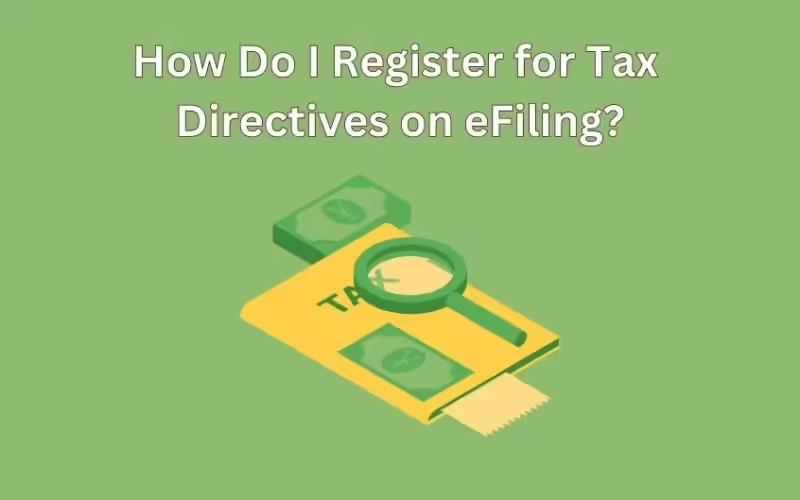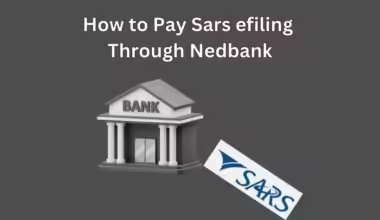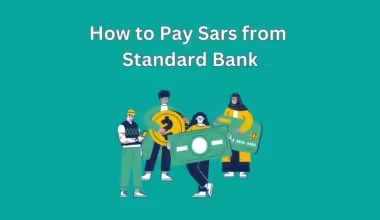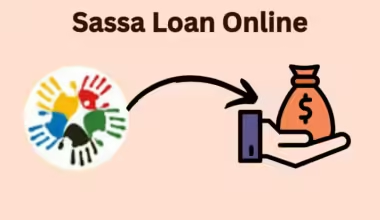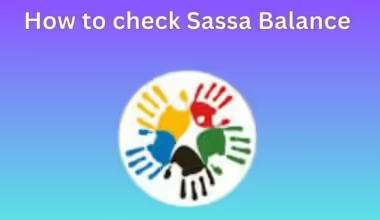Since taxes in South Africa pay for necessities like infrastructure, healthcare, and education, it is important to understand taxes. Tax instructions are useful when it comes to efficiently navigating our responsibilities as taxpayers. Tax directives are intended to make clear our obligations and guarantee that the South African Revenue Service (SARS) effectively and accurately collects the appropriate amount of tax.
How can I sign up for eFiling for tax directives? We can handle our tax matters online thanks to this simple method. You must first sign into your eFiling account. It’s simple and quick to register if you don’t already have one. After logging in, go to the “Tax Directives” section to apply for a tax directive by supplying the required details regarding your income and tax situation.
It’s also critical to understand the SARS tax directive timetable. After submitting your application, you should normally hear back from SARS in a few days. This promptness aids in maintaining our compliance and keeps us aware of our tax responsibilities.
I’ll walk you through the eFiling registration procedure for tax directives, go over the necessary timelines, and answer frequently asked issues in this post. You’ll be in a better position to handle your tax obligations and support the social welfare and economic development of South Africa if you have this knowledge.
How do I register for tax directives on eFiling?
The South African Revenue Service (SARS) offers eFiling, a useful service that makes it easier for South African taxpayers to manage their tax obligations online.
The best thing about eFiling is that it lets me ask for updates or modifications to my tax directives as needed. I can stay in compliance with SARS and avoid penalties for missing tax responsibilities because of this flexibility. I help South Africa thrive and prosper by registering for tax directives in addition to carrying out my obligations.
Follow these steps to sign up for tax directives on eFiling:
- Go to the website for eFiling using www.sarsefiling.co.za and sign up for an account.
- Give your personal and tax information to finish the registration process.
- Click on the link that was sent to your email to confirm your email address.
- Sign in to your eFiling account and click on the “Registration” tab.
- Tax Directives is one of the registrations you can choose from.
- Fill out the form to register for the tax directive and send it in.
- Once you have signed up for tax directives, you can view and manage them online.
Recall that it’s critical to monitor your tax responsibilities, and eFiling makes this easy. You can help us all create a better future for our nation by signing up for tax instructions and keeping track of your taxes with just a few clicks.
How long does it take to get a SARS tax directive?
To save yourself unnecessary stress, I advise submitting your application for your tax directive well in advance of any deadlines. It’s wise to be prepared because there are several reasons why delays may occur.
I always include precise and comprehensive information when I file my request for a tax directive. This can expedite the procedure considerably, so it’s an important step. SARS usually issues tax directives within two business days. If your request is more complex or requires particular attention from SARS, it may take longer—up to 21 working days.
Recognizing these deadlines aids us in staying compliant with our tax responsibilities. I can prevent any delays and make a valuable contribution to our economy by applying as soon as possible and making sure my application is accurate. Thus, bear these deadlines in mind when organizing your submissions if you’re wondering, “How do I register for tax directives on eFiling?”
What does it mean if SARS issues a tax directive?
The precise amount of tax that your employer is required to withhold from your pay, pension, or other taxable income is specified in a tax directive. This guarantees that the appropriate amount of tax is withheld, simplifying tax law compliance for both companies and employees.
I am aware that the purpose of a tax directive is to assist me in fulfilling my tax obligations while making sure SARS is collecting the appropriate amount of money. For the sake of preserving an equitable tax system, these guidelines offer clarification and direction on how to comply with various tax laws.
Tax guidelines are essential for maintaining fairness since they ensure that each person makes a fair contribution according to their income level. I’m contributing to South Africa’s economic progress and development by adhering to these instructions in addition to remaining compliant.
Keep in mind that receiving a tax directive indicates you have precise recommendations about your tax responsibilities if you’re wondering how to register for tax directives on eFiling. It all comes down to making sure we advance the interests of our country in a just and efficient manner.
Why did SARS decline tax directives?
I’ve discovered as a taxpayer that the South African Revenue Service (SARS) has the authority to reject a tax directive for several reasons, most of which have to do with adhering to tax regulations.
Noncompliance with relevant tax legislation is a frequent cause of request rejections. SARS is likely to reject your application, for example, if you have unpaid tax debts or haven’t filed your tax reports. This emphasizes how crucial it is to make sure that, before filing a request, all of your tax responsibilities are current.
The inaccurate calculation used in your application is another reason that can cause a drop. Verify all of the numbers one more time to be sure there are no errors that could impede your request.
Make sure you’ve paid off any outstanding bills and submitted all necessary returns before registering for tax guidance on eFiling. You’ll increase your chances of smoothly obtaining a tax directive by doing this. Maintaining compliance benefits South Africa’s economic stability in addition to assisting in approving your orders.
